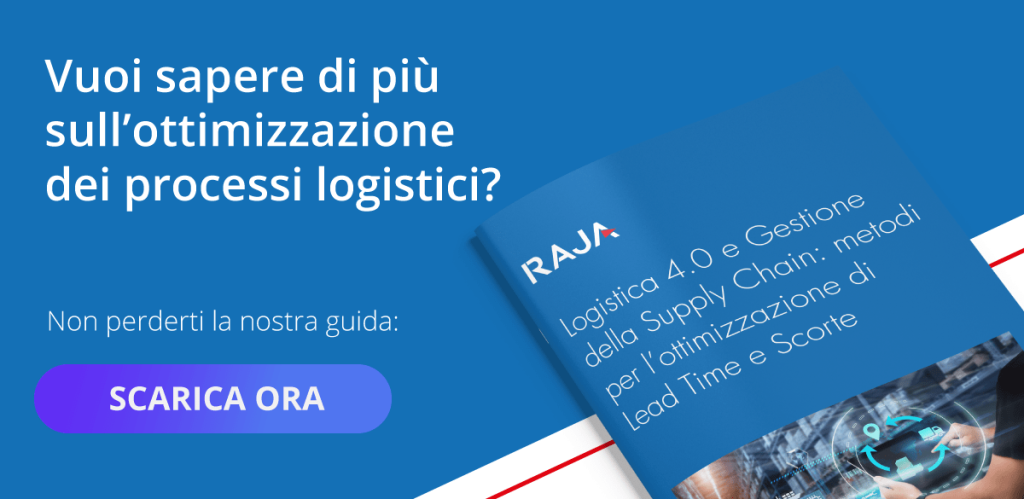The Deming Cycle, also known as PDCA (Plan-Do-Check-Act)is a management model based on iterations for optimise processes. This improvement cycle has become an indispensable tool in many industries, including the supply chain and logistics sector.
But how can it be applied to the supply chain, for highly efficient and synergetic PDCA logistics?
Deming Cycle: Stages
The Deming Cycle consists of four phases that represent a continuous cycle of planning, implementation, verification and corrective action. In the supply chain, the application of PDCA can be the key to improving efficiencyefficiency, reducing waste and optimising time.
The phases Plan – Do – Check – Act steps allow objectives to be planned, processes to be analysed accurately and any critical issues to be addressed. Let us look at them below.
Phase 1: PLAN
The planning phase is the basis of any process. In the context of the supply chain, it involves the analysis and design of an effective logistics system.
Planning activities include the definition of performance objectivesthe identification of customer needs, the mapping of the value stream and theidentification of critical points in the logistics process. In this phase of the PDCA cycle, it is essential to involve all stakeholders (suppliers, transporters, customers) to ensure a thorough understanding of the needs and expectations of each player.
In addition, planning must be flexible. And if planned is synonymous with organised, flexibility ensures adaptability to changes in the market.
Phase 2: DO, implementation
In this phase, new challenges and critical issues may emerge. Implementation is always considered as a field test of the solutions planned in the previous phase. This step of the Deming wheel involves the implementation of the strategies and plans drawn up. It is the phase in which the decisions made are implemented and the planned activities are carried out.
Fundamental is the monitoring of the logistical flow in order to ensure good coordination between all units involved in the supply chain.
Phase 3: CHECK, the monitoring of results
The check phase is crucial to evaluate the results of the implementation and compare them with the planned objectives. It is a critical analysis of the data and performance metrics collected during the implementation. Verification makes it possible to identify any deviations from targets and to identify the causes of any problems.
The monitoring phase is based on hard data and facts, not just hunches. The adoption of monitoring systems and key performance indicators (KPIs) is crucial to obtain accurate and timely information and timely information on supply chain management.
Step 4: ACT, the corrective action
Based on the assessments made in the verification phase, we finally move on to the corrective action phase. The last step of the plan do check actioninvolves analysing the causes of the problems identified and developing specific improvement plans. Corrective action may involve reviewing processes, updating strategies or theintroduction of new technologies to optimise the supply chain.
If you want to know more about optimising logistics processes, don’t miss our guide: Logistics 4.0 and Supply Chain Management: methods for optimising Lead Time and Inventory.

PDCA for warehouse inventory management
Accurate planning, consistent implementation, data-driven verification and targeted corrective actions clearly demonstrate how, by using the PDCA model as a management approach, companies can make continuous improvements and adapt to changing market needs. Always maintaining a competitive supply chain.
To demonstrate the effectiveness of the Deming cycle applied to warehouse management, we chose an example of plan, do, check, action, aimed at reducing waste in inventory.
In the first instance, (PLAN phase) the warehouse situation is analysed (inventory levels, overstocked or understocked products). Specific targets will be defined, such as a 15% reduction of overstocked items within 3 months. Then a plan will be drawn up for achieving the target. achieving the target.
In a second step (DO phasephase) the planned actions will be implemented and progress monitoring will begin. This phase will be dominated by data collection, necessary to assess the effectiveness of the actions taken and the impact on inventory levels.
The results collected will be analysed to understand whether the inventory waste reduction targets have been met (CHECK phase). In this sense, it is worth emphasising the importance of being supported by Business Intelligence in the creation of automated reports for constant data monitoring.
The objectives will then be compared. Specifically, whether or not the plan has led to a 15% reduction in items with excess inventory (ACT phase).
If not, it becomes necessary to identify the causes that did not allow the target to be reached and to start again, planning new corrective actions, which in turn will again follow the PDCA cycle.















